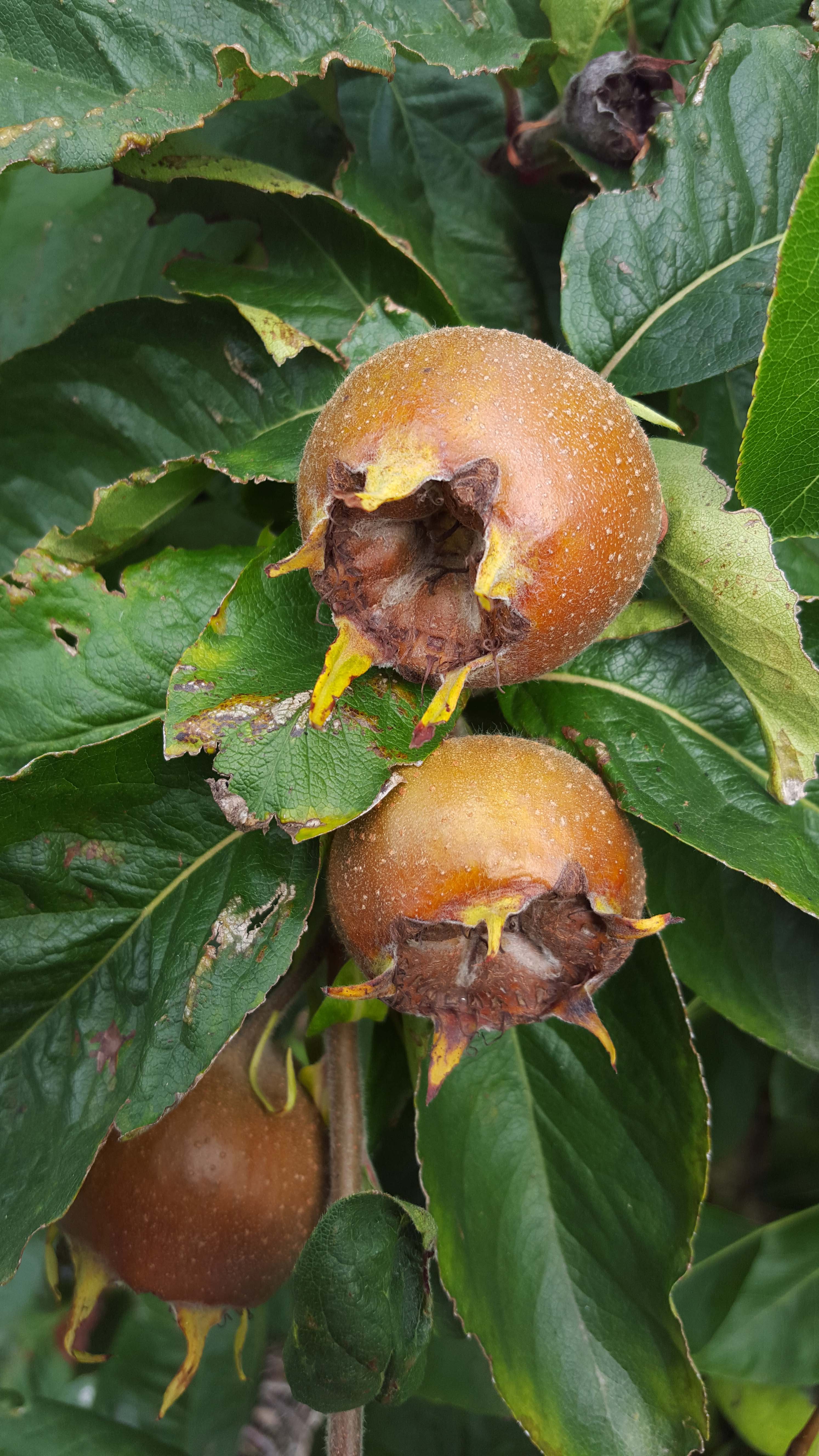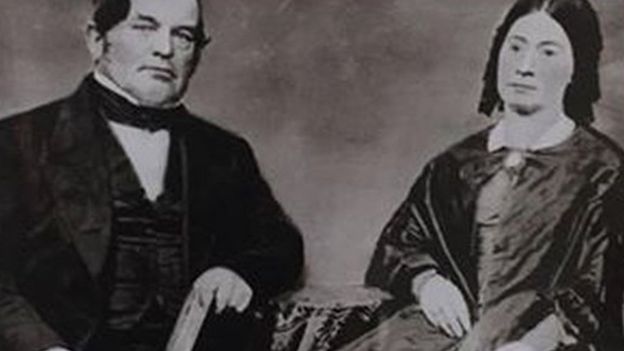
Granny Smith S
For other uses, see. Malus 'Granny Smith'Thought to be×'Granny Smith'Origin, 1868The Granny Smith is a tip-bearing, which originated in in 1868. It is named after, who the cultivar from a. The tree is thought to be a of, the European wild apple, with the domesticated apple as the. The fruit is hard, with a light green skin and crisp, juicy flesh. The flavour is tart and acidic.
Hey everyone! Thanks for coming to this channel to watch me, Ross Smith, and Grandma do some of the craziest things you could ever see! Granny and I do crazy.
It remains firm when baked, making it a very popular used in pies, where it can be sweetened. The apple goes from being completely green to turning yellow when overripe.It is claimed to be the third most popular apple in America by the.The Granny Smith was one of four apples honored by the in a 2013 set of four 33¢ stamps commemorating historic strains, joined by,. Maria Ann 'Granny' Smith (1799–1870)The Granny Smith Cultivar originated in, Australia (now a suburb of ) in 1868. Its discoverer, had emigrated to the district from in 1839 with her husband Thomas. They purchased a small orchard in the area in 1855-1856 and began cultivating fruit, for which the area was a well known centre in. Smith had eight children and was a prominent figure in the district, earning the nickname 'Granny' Smith in her advanced years.The first description of the origin of the Granny Smith apple was not published until 1924. In that year, Farmer and Settler published the account of a local historian who had interviewed two men who had known Smith.
One of those interviewed recalled that, in 1868, he (then twelve years old) and his father had been invited to Smith's farm to inspect a that had sprung near a creek. Smith had dumped there, among the ferns, the remains of French that had been grown in. Another story recounted that Smith had been testing French crab-apples for cooking, and, throwing the apple cores out her window as she worked, had found that the new cultivar had sprung up underneath her kitchen windowsill.
Whatever the case, Smith took it upon herself to the new cultivar on her property, finding the apples good for cooking and for general consumption. Having 'all the appearances of a cooking apple,' they were not tart but instead were 'sweet and crisp to eat.' She took a stall at Sydney's George Street market, where the apples stored 'exceptionally well and became popular' and 'once a week sold her produce there.' Smith died only a couple of years after her discovery (in 1870), but her work had been noticed by other local planters. Edward Gallard was one such planter, who extensively planted Granny Smith trees on his property and bought the Smith farm when Thomas died in 1876.
Gallard was successful in marketing the apple locally, but it did not receive widespread attention until 1890. In that year, it was exhibited as 'Smith's Seedling' at the Agricultural and Horticultural Show, and the following year it won the prize for cooking apples under the name 'Granny Smith's Seedling.' The apple was so highly successful that the following year, many were exhibiting Granny Smith apples at horticultural shows.In 1895, the New South Wales Department of Agriculture recognised the cultivar and had begun growing the trees at the Government Experimental Station in, recommending the gazette its properties as a late-picking cooking apple for potential export. Over the following years the government actively promoted the apple, leading to its widespread adoption. Its worldwide fame grew from the fact that it could be picked from March and stored till November. Enterprising fruit merchants in the 1890s and the 1900s experimented with methods to transport the apples overseas in cold storage. Because of its excellent, the Granny Smith could be exported long distances and most times of the year, at a time when Australian food exports were growing dramatically on the back of international demand.
Granny Smiths were exported in enormous quantities after the, and by 1975, 40 percent of Australia's apple crop was Granny Smith.By this time, it was being grown intensely elsewhere in the, as well as in and the. The advent of the Granny Smith apple is now celebrated annually in Eastwood with the.Properties Apple, raw, with skin Nutritional value per 100 g (3.5 oz)218 kJ (52 kcal). Units. μg =.
mg =. IU =†Percentages are roughly approximated using for adults.Source:Seedling apples are genetically variable. They are often poor in quality, and varieties do not come true from seed. To preserve the exact genetic variation, is the usual method of propagation (and are sometimes used). All the Granny Smith apple trees grown today are from the original Smith tree in Sydney.Granny Smith apples are light green in colour.
They are popularly used in many, such as, apple,. They are also commonly eaten raw as, and at least one company makes Granny Smith.It is moderately susceptible to and is highly prone to, and.Granny Smith is much more easily preserved in storage than other apples, a factor which has greatly contributed to its success in export markets. Its long storage life has been attributed to its fairly low levels of production, and in the right conditions Granny Smiths can be stored without loss of quality for as long as a year. This cultivar needs fewer winter and a longer season to mature the fruit, so it is favoured for the milder areas of the apple growing regions. However, they are susceptible to superficial scald and bitter pit. Superficial scald may be controlled by treatment with before storage. It can also be controlled with low-oxygen storage.
Pit can be controlled with calcium sprays during the growing season and with postharvest calcium dips. Health benefits.
Granny Smith are distinctive in being bright green when ripeGranny Smith is one of several apple cultivars that are high in activity, and they have the highest concentration of amongst the apple breeds. Some sources recommend Granny Smiths (among other apples) as a particularly efficient source of antioxidants, particularly the and, especially if eaten with the skin intact.
Granny Smiths are also naturally low in calories and high in and, making them commonly recommended as a component of healthy and weight-loss diets.According to the website, it is one of the fifteen most popular apple cultivars in the United States. Cultural references In 1968, the rock band used an image of a Granny Smith apple as the logo for their corporation, Apple Corps Limited.
For their record label, Apple Records, one side of vinyl albums featured the exterior of the fruit whilst the other side of the recording featured a cross-section of the apple.' S 1966 artwork used a Granny Smith apple in its 2015 recreation at New York City's. Had taken a bite from the apple on display in its 1966 incarnation at the in London.
See also.References. Retrieved 23 January 2012.
J. Hewett (1998).
Gangstar rio city of saints android. Gangstar Rio: City of Saints. The acclaimed Gangstar series is back on Android devices to offer you a whole new place to have criminally good fun! You’ll never experience a better way to discover Rio de Janeiro! For the first time ever in a sandbox game, explore the city of Rio de Janeiro, Brazil.
Palmerston, New Zealand: Massey University. Grondine, Tracy (2018). Apple Association. Retrieved Sept.
24, 2019. art by Derry Noyes & John Burgoyne (17 January 2013), retrieved 23 December 2015. ^ Christie, Michael (1988). The Sydney Markets 1788-1988. Sydney, NSW: Sydney Markets Authority.
Pp. 64–65. ^. City of Ryde. Archived from on 2 November 2012. Retrieved 28 September 2012.
^ Martin, Megan (2005). Canberra, ACT: Australian Dictionary of Biography.
^ Symons, Michael (2007). One Continuous Picnic: A Gastronomic History of Australia (2nd ed.). Carlton, Victoria: Melbourne University Press. Pp. 110–112.
Stirzaker, Richard (2010). Out of the Scientist's Garden: A Story of Water and Food. Collingwood, VIC: CSIRO Pub. Stephen Miller of the USDA Fruit Research Lab in Kearneysville, West Virginia.
Hall.E.G. Scott, K.J.and Coote, G.G. (1961) Control of superficial scald with Diphenylamine. 12:834-857. Little., C.R. And Holmes, R.J.
(2000) Storage technology of apples and pears. Institute for Horticultural Development, Knoxfield Vic Australia. Scott, K.J. O'Loughlin, J. England, B.and Roberts, E.A.
(1985) Effects of water rinses after Calcium Chloride dips, with and without additives in the control of bitter pit of apples. Res.36: 305-313.
Olson, Samantha (2014). An apple a day keeps the fat away; Granny Smith's fiber and polyphenol count promote overall health.
Medical Daily Newsletter. Retrieved Sept.
Retrieved 27 February 2013. Coffman, Melody Anne.
Healthy Eating. Retrieved 22 June 2013. by.
Camm-Jones, Ben (2011). Apple applies for Beatles' Granny Smith logo trademark. Retrieved Sept. 24, 2019. Bruce Handy (May 2015). Retrieved 10 January 2018.Wikimedia Commons has media related to.
Like most fruit, Granny Smiths are relatively low-cal. A 5-ounce apple has 70 calories, which makes it easy to fit into virtually any calorie-controlled diet. Most of those calories come from the apple's 17 grams of carbohydrates, made up primarily of natural fruit sugar. Fruit sugars are a good source of fuel, so chomping on a Granny Smith apple can provide a modest energy boost to get you through a 3 p.m. Slump or prepare you for a tough workout. However, Granny Smiths are slightly lower in carbs than other varieties of apples – about 3 grams less, on average. If you're following a moderately low-carb diet, Granny Smith apples are a great choice.
Benefits from Fiber. Where Granny Smith apples shine is their fiber content. Each apple has about 3 grams of fiber, which covers roughly 12 percent of the daily recommended fiber intake for women and 8 percent for men.

Fiber is important for maintaining a healthy weight, because it makes your food more filling without contributing to its calorie count. Eating fiber-rich meals also helps manage your cholesterol levels, and a diet rich in fiber supports healthy digestive health, fighting constipation and other digestive problems, like diverticulitis. Granny Smith apples are also a good source of beneficial plant compounds, called phytonutrients.
Phytonutrients offer a range of health benefits, from anticancer properties to antioxidant functions that protect your cells from genetic mutations. Granny Smith apples might have particularly potent antimutation properties, according to a study published in the Journal of Food Science in 2016. When the researchers studied the antimutagenic potential of a range of apples, Granny Smiths came out on top, besting popular varieties like Red Delicious and Royal Galas.
While you shouldn't read too much into test tube studies like this one – since they aren't as accurate as human studies – it does hint that Granny Smith apples might offer special health benefits due to their phytonutrients. Eating More Granny Smith Apples.
Granny Smith's tartness is the most distinct part of their flavor profile. That means you can include them in healthy recipes to add a little bit of extra sweetness without adding too much. Add chopped Granny Smith apples to bran or whole-grain muffins for potent pops of flavor, or use thinly-sliced apples to top your cereal or smoothie bowl. Green apple also makes a great addition to smoothies if you want to limit your sugar intake.
Blend them with coconut water, baby spinach, avocado and cucumber for a veggie-packed smoothie that's high in nutritional value and relatively low in calories and carbs.